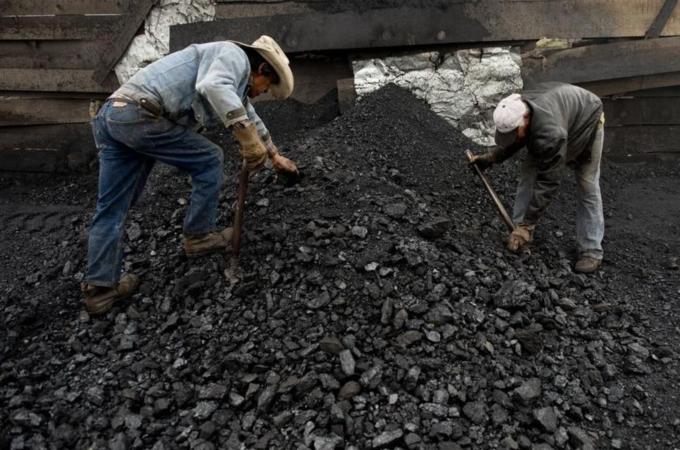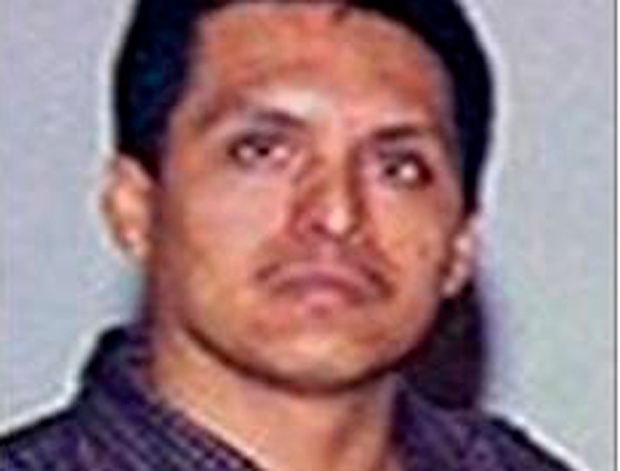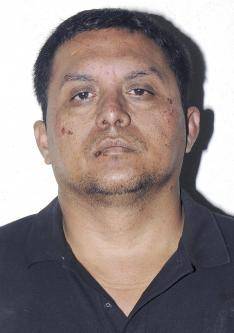by War News Updates Editor @ War News Updates: Another Mexican State Falls Under The Control Of The Zetas Drug Cartel
Zetas Cartel Occupies Mexico State Of Coahuila -- L.A. Times
The aggressively expanding and gruesomely violent Zetas group dominates territory by controlling all aspects of local criminal businesses.
SALTILLO, Mexico Few outside Coahuila state noticed. Headlines were rare. But steadily, inexorably, Mexico's third-largest state slipped under the control of its deadliest drug cartel, the Zetas.
The aggressively expanding Zetas took advantage of three things in this state right across the border from Texas: rampant political corruption, an intimidated and silent public, and, if new statements by the former governor are to be believed, a complicit and profiting segment of the business elite. It took scarcely three years.
What happened to Coahuila has been replicated in several Mexican states not just the violent ones that get the most attention, but others that have more quietly succumbed to cartel domination. Their tragedies cast Mexico's security situation and democratic strength in a much darker light than is usually acknowledged by government officials who have been waging a war against the drug gangs for six years.
Read more ....Zetas cartel occupies Mexico state of Coahuila - latimes.com
My Comment: More evidence that Mexico is losing it's war against the drug cartels.
This is truly frightening and the USA media is ignoring it! Their new president takes office Dec 1 and it will be of great interest to see what he does about this.


Zetas Cartel Occupies Mexico State Of Coahuila -- L.A. Times
The aggressively expanding and gruesomely violent Zetas group dominates territory by controlling all aspects of local criminal businesses.
SALTILLO, Mexico Few outside Coahuila state noticed. Headlines were rare. But steadily, inexorably, Mexico's third-largest state slipped under the control of its deadliest drug cartel, the Zetas.
The aggressively expanding Zetas took advantage of three things in this state right across the border from Texas: rampant political corruption, an intimidated and silent public, and, if new statements by the former governor are to be believed, a complicit and profiting segment of the business elite. It took scarcely three years.
What happened to Coahuila has been replicated in several Mexican states not just the violent ones that get the most attention, but others that have more quietly succumbed to cartel domination. Their tragedies cast Mexico's security situation and democratic strength in a much darker light than is usually acknowledged by government officials who have been waging a war against the drug gangs for six years.
Read more ....Zetas cartel occupies Mexico state of Coahuila - latimes.com
My Comment: More evidence that Mexico is losing it's war against the drug cartels.
This is truly frightening and the USA media is ignoring it! Their new president takes office Dec 1 and it will be of great interest to see what he does about this.








